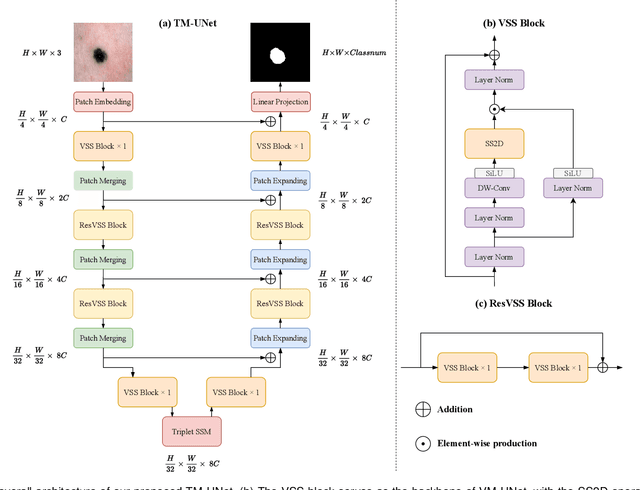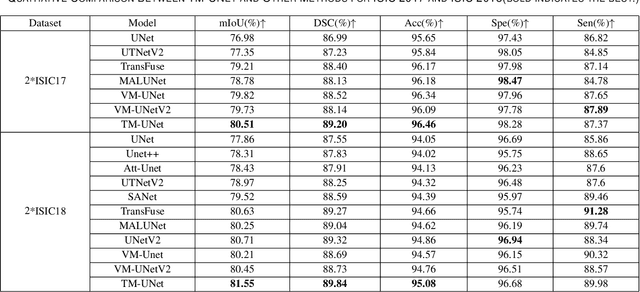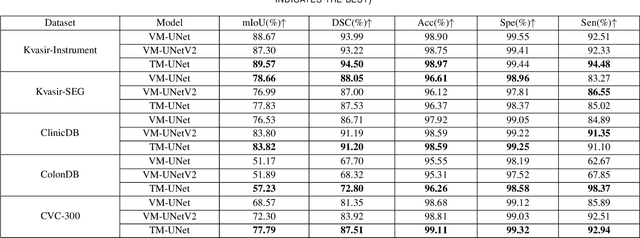Junhao Lu
Layer-Wise Feature Metric of Semantic-Pixel Matching for Few-Shot Learning
Nov 10, 2024Abstract:In Few-Shot Learning (FSL), traditional metric-based approaches often rely on global metrics to compute similarity. However, in natural scenes, the spatial arrangement of key instances is often inconsistent across images. This spatial misalignment can result in mismatched semantic pixels, leading to inaccurate similarity measurements. To address this issue, we propose a novel method called the Layer-Wise Features Metric of Semantic-Pixel Matching (LWFM-SPM) to make finer comparisons. Our method enhances model performance through two key modules: (1) the Layer-Wise Embedding (LWE) Module, which refines the cross-correlation of image pairs to generate well-focused feature maps for each layer; (2)the Semantic-Pixel Matching (SPM) Module, which aligns critical pixels based on semantic embeddings using an assignment algorithm. We conducted extensive experiments to evaluate our method on four widely used few-shot classification benchmarks: miniImageNet, tieredImageNet, CUB-200-2011, and CIFAR-FS. The results indicate that LWFM-SPM achieves competitive performance across these benchmarks. Our code will be publicly available on https://github.com/Halo2Tang/Code-for-LWFM-SPM.
Mutual Information calculation on different appearances
Jul 10, 2024Abstract:Mutual information has many applications in image alignment and matching, mainly due to its ability to measure the statistical dependence between two images, even if the two images are from different modalities (e.g., CT and MRI). It considers not only the pixel intensities of the images but also the spatial relationships between the pixels. In this project, we apply the mutual information formula to image matching, where image A is the moving object and image B is the target object and calculate the mutual information between them to evaluate the similarity between the images. For comparison, we also used entropy and information-gain methods to test the dependency of the images. We also investigated the effect of different environments on the mutual information of the same image and used experiments and plots to demonstrate.
Rotate to Scan: UNet-like Mamba with Triplet SSM Module for Medical Image Segmentation
Apr 01, 2024



Abstract:Image segmentation holds a vital position in the realms of diagnosis and treatment within the medical domain. Traditional convolutional neural networks (CNNs) and Transformer models have made significant advancements in this realm, but they still encounter challenges because of limited receptive field or high computing complexity. Recently, State Space Models (SSMs), particularly Mamba and its variants, have demonstrated notable performance in the field of vision. However, their feature extraction methods may not be sufficiently effective and retain some redundant structures, leaving room for parameter reduction. Motivated by previous spatial and channel attention methods, we propose Triplet Mamba-UNet. The method leverages residual VSS Blocks to extract intensive contextual features, while Triplet SSM is employed to fuse features across spatial and channel dimensions. We conducted experiments on ISIC17, ISIC18, CVC-300, CVC-ClinicDB, Kvasir-SEG, CVC-ColonDB, and Kvasir-Instrument datasets, demonstrating the superior segmentation performance of our proposed TM-UNet. Additionally, compared to the previous VM-UNet, our model achieves a one-third reduction in parameters.
 Add to Chrome
Add to Chrome Add to Firefox
Add to Firefox Add to Edge
Add to Edge